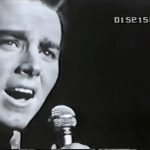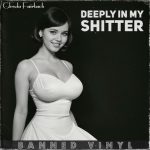Smashing Pumpkins – Rock on the Edge, 1995
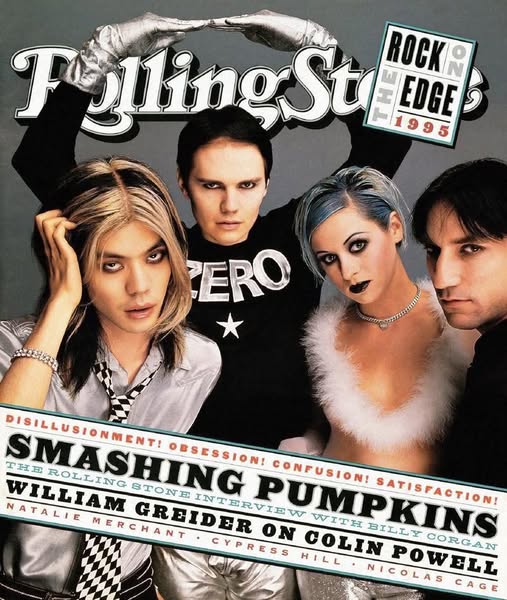
Smashing Pumpkins – Rock on the Edge, 1995
“Disillusionment. Obsession. Confusion. Satisfaction.”
In the mid-’90s, when grunge began to fade and alternative rock scrambled for identity, The Smashing Pumpkins stood at the crossroads — and built a cathedral of sound from chaos and contradiction.
In 1995, Billy Corgan appeared on the cover of Rolling Stone, eyeliner smeared, attitude sharp, and the now-iconic “ZERO” shirt stretched over his chest.
It wasn’t just a look — it was a philosophy.
Smashing Pumpkins weren’t about fitting in or even standing out.
They were about creating their own world — moody, massive, emotionally overwhelming.
At the center of it all was Mellon Collie and the Infinite Sadness, a double album so ambitious, it dared to be everything at once:
soft piano ballads, walls of guitar distortion, teenage nostalgia, existential rage.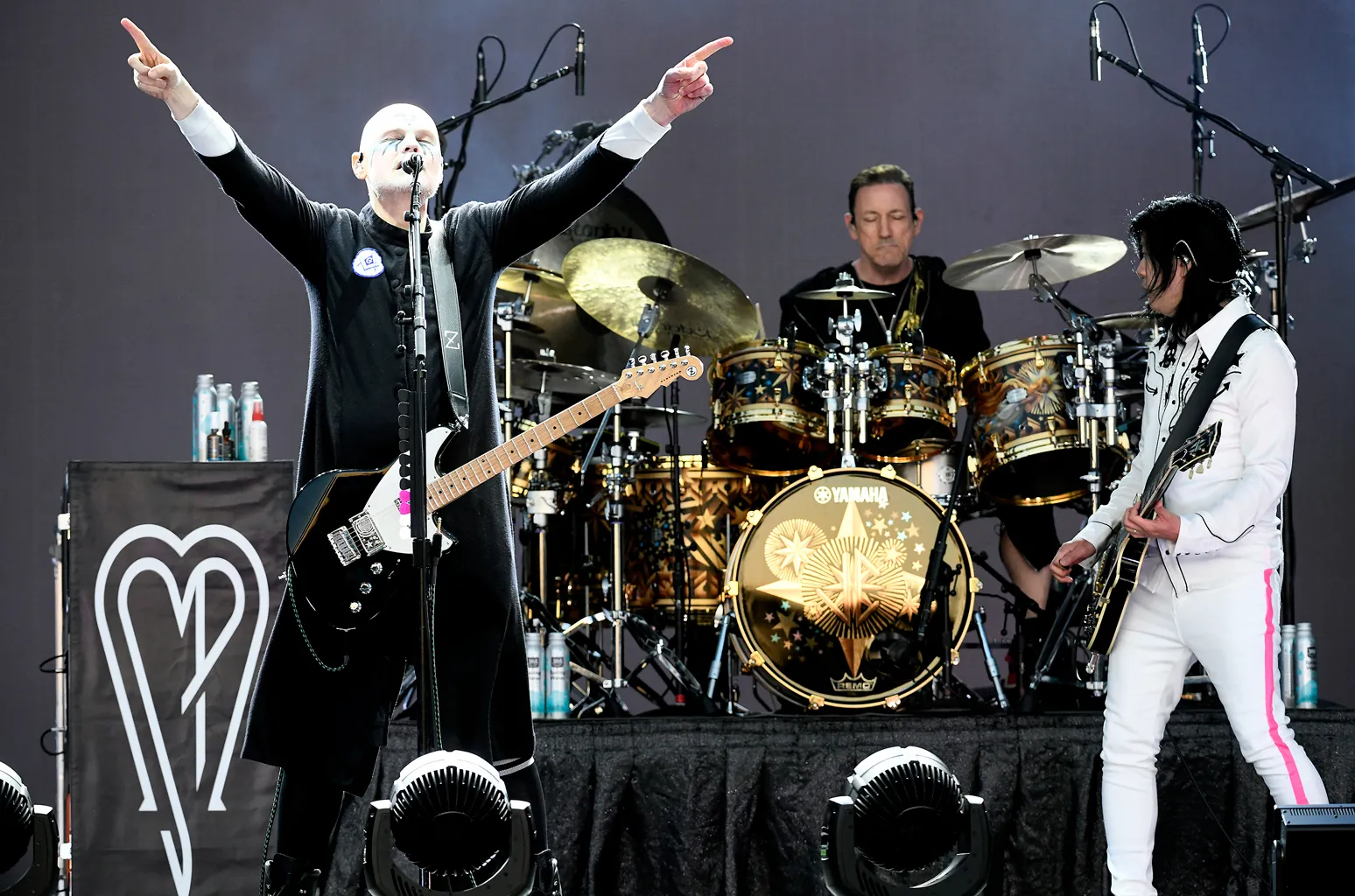
It was beautiful and terrifying, delicate and crushing — a 28-track journey through the dark corridors of youth and the starlit ceilings of imagination.
Songs like:
“Tonight, Tonight” — hope wrapped in orchestral dreams.
“Zero” — nihilism with a glam snarl.
“1979” — a diary of fleeting innocence and suburban heartbreak.
“Bullet with Butterfly Wings” — fury disguised as poetry.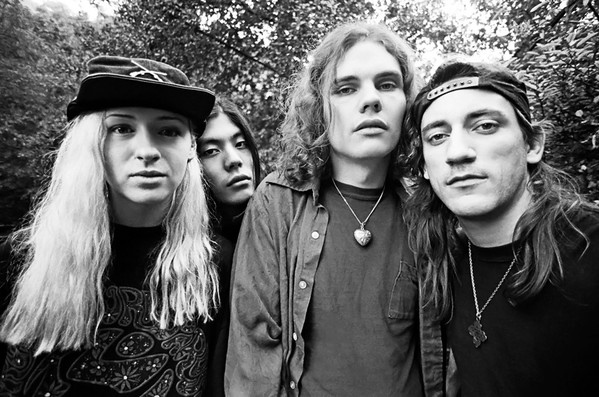
The Pumpkins didn’t ride the grunge wave — they expanded it.
They took the angst and gave it elegance.
They took the distortion and gave it dimension.
Corgan’s voice — nasal, raw, defiant — wasn’t polished, but it was authentic.
It cracked where the pain was real.
It soared when the ache turned into beauty.
And the rest of the band — James Iha, D’arcy Wretzky, Jimmy Chamberlin — weren’t just backing players. They were architects of a massive, layered sound that could go from a whisper to a wall of noise in seconds.
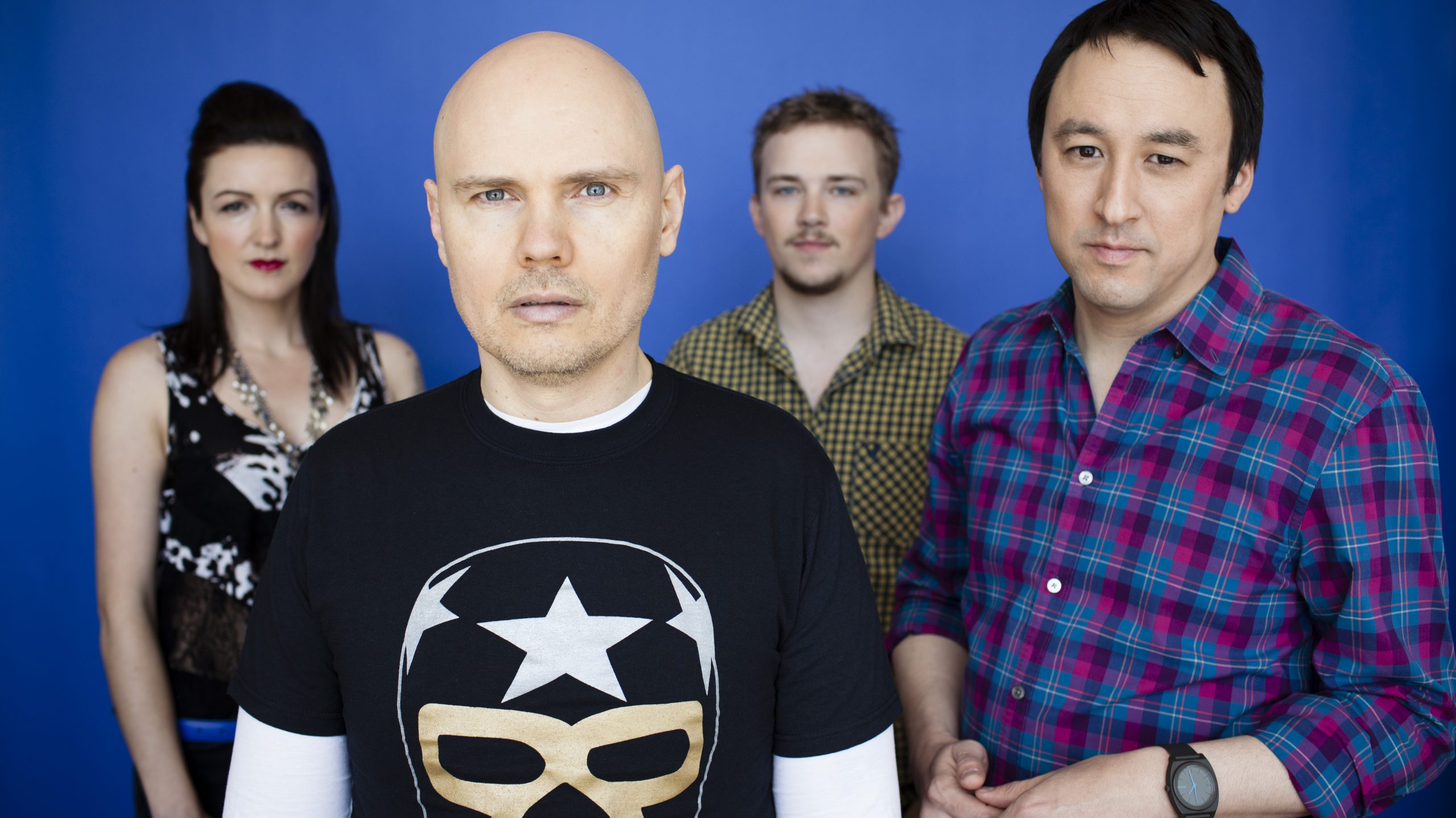
This wasn’t just rock. This was cinematic. This was cosmic. This was cathartic.
The Pumpkins weren’t trying to save the world.
They were trying to understand it — through distortion, melody, and drama.
Their music was the voice in your head at 2 a.m.
The flicker of old memories you don’t want to let go.
The echo of teenage bedrooms, black nail polish, and headphones cranked to 11.



